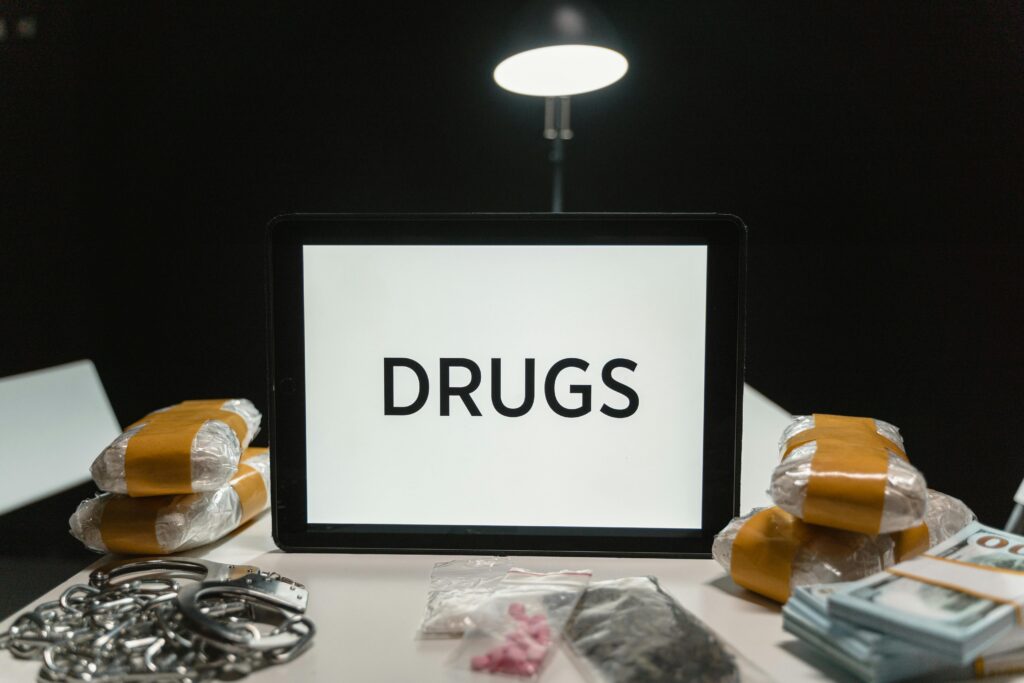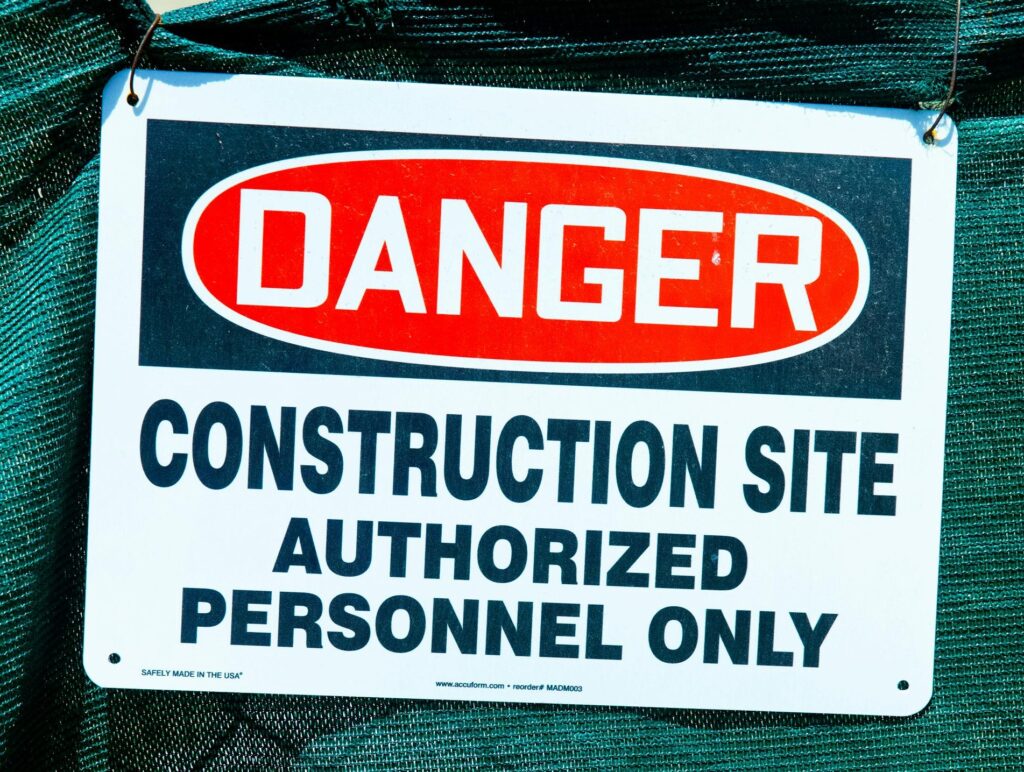
It can be tempting to believe that ignoring signs of employee impairment will spare you trouble. Sometimes, you may get lucky. But eventually, luck runs out.
Construction Site Failure
At a construction site, an employee returned from lunch smelling of alcohol, a clear violation of both the company’s safety program and the industry’s drug-free workplace policy. The employer noticed but took no action. The employee resumed work and later fell from a ladder, breaking his leg. Only after the injury did the employer wonder if a post-accident drug test was appropriate. What would you have done?
An Avoidable Tragedy
At a nursing home, a nurse’s aide came to work visibly intoxicated and unable to drive. A co-worker drove her home. A month later, the same situation occurred, yet no action was taken. There was no reasonable suspicion testing or intervention of any kind, despite a standing drug-free workplace policy that required both.
Weeks later, the aide arrived at work drunk again. This time, a supervisor sent her home; again, no testing occurred, and no precautions were taken. She drove herself away and soon after caused a horrific crash, killing a father, seriously injuring a mother, and harming their two children. The aide’s blood alcohol level was over 0.4, more than five times the legal limit. She was convicted of intoxicated manslaughter and intoxicated assault and sentenced to 18 years in jail. The family received a $17 million judgment. The employer, who failed to follow their own policy, was held liable for most of the award.
No amount of money can bring back a father or erase the trauma from a family’s life.

See Something Say Something
At a large international airport, coworkers noticed a jet fuel truck driver behaving strangely. They reported it to a supervisor, who initiated a reasonable suspicion test. The driver’s blood alcohol content was 0.24—three times the legal limit. Thanks to decisive action, a potential disaster was averted.
A Persistent Challenge
These incidents happen more often than we think. When nothing goes wrong, we forget. But when someone’s impairment escalates into tragedy, the failure to act becomes undeniable.
Substance use rarely threatens employment until the problem has become more severe. When you choose not to intervene, you may one day find yourself hoping no one learns you saw the signs and did nothing.
Reasonable Suspicion: Certainty Not Required
Reasonable suspicion testing is uncomfortable for everyone involved. But it can be a turning point; it creates a crisis that may motivate someone with a substance use disorder (SUD) to seek help.
To manage this process effectively, organizations must ensure their policies are clear, concise, and consistently communicated.
Educating Employees & Training Supervisors
To empower leaders to act decisively, organizations should:
- Review and update drug testing policies to comply with current laws and court rulings.
- Educate employees regularly about your drug-free workplace policy.
- Train supervisors on procedures, including:
- How to use a reasonable suspicion checklist
- Where to turn for guidance (HR, drug testing admin, EAP)
- Proper documentation techniques
- Confrontation strategies
- Selecting collection sites or clinics
- Escorting employees to testing
- Arranging transportation home
- Managing post-test actions:
- Positive test: Referral, suspension, or termination?
- Negative test: Further evaluation? Return-to-work protocol? Compensation?
Focused On Safety
The goal of any drug testing program should be a safe, productive workplace. Empowering supervisors with the tools, training, and support they need strengthens your organization’s ability to address impairment responsibly and compassionately.
If you would like to receive a copy of our “reasonable suspicion checklist,” please email Bill Heffernan at bheffernan@screensafeinc.com.

